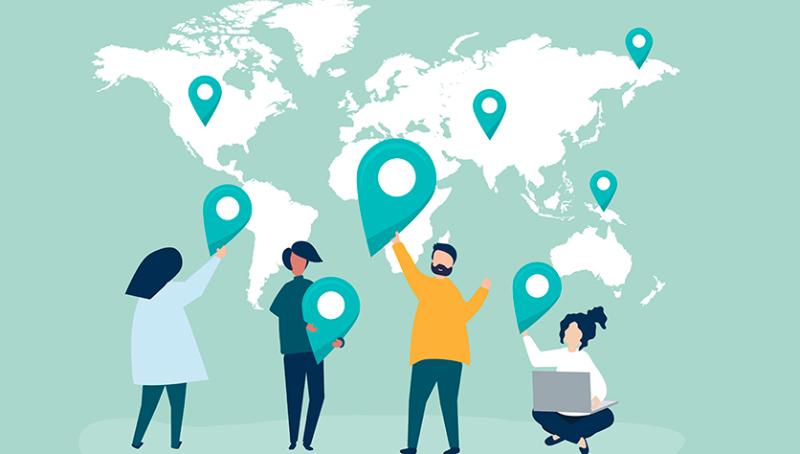How People Communicate Across Cultures

Why Language is More Than Just Words
Language is more than just a tool for communication—it’s a reflection of history, culture, and identity. Across the world, people speak thousands of languages, each with its unique expressions, traditions, and nuances.
From regional dialects in Europe to the different ways people say “Merry Christmas” around the world, language diversity is fascinating. In this post, we’ll explore spoken languages in different regions, cultural connections through greetings, and how language shapes our global society.
1. Languages Spoken in Germany: More Than Just German
When people think of Germany, they often assume German is the only language spoken. While it is the official language, Germany is home to multiple dialects and minority languages, including:
- High German (Hochdeutsch) – The standard form of German used in media, business, and education.
- Low German (Plattdeutsch) – A traditional dialect spoken in northern regions.
- Sorbian – A Slavic minority language spoken in parts of Saxony and Brandenburg.
- Frisian & Danish – Spoken by small communities near the Danish border.
- Turkish, Polish & Arabic – Reflecting Germany’s diverse immigrant population.
Want to dive deeper into Germany’s linguistic diversity? Read this detailed guide.
2. The Rich Linguistic Landscape of Europe
Europe is one of the most linguistically diverse continents, with over 200 languages spoken across its countries. Some key language families include:
- Germanic languages (English, German, Dutch, Swedish, Norwegian)
- Romance languages (French, Spanish, Italian, Portuguese, Romanian)
- Slavic languages (Russian, Polish, Czech, Bulgarian, Serbian)
- Other major languages (Greek, Hungarian, Finnish, Basque, and more)
Multilingualism is common in many European countries, with people frequently speaking two or more languages due to cultural and historical influences.
Want to explore all the languages spoken in Europe? Check out this in-depth article.
3. How Different Cultures Say ‘Merry Christmas’
One of the most heartwarming aspects of language is how people celebrate holidays in their own unique way. During the festive season, people across the world greet each other with different variations of “Merry Christmas.”
Here’s how you say it in a few languages:
- ?? German: Frohe Weihnachten
- ?? Spanish: Feliz Navidad
- ?? French: Joyeux Noël
- ?? Italian: Buon Natale
- ?? Russian: С Рождеством (S Rozhdestvom)
These greetings reflect the cultural traditions and linguistic charm of different regions.
Want to learn how to say ‘Merry Christmas’ in even more languages? Explore this festive guide.
4. Saying ‘Happy New Year’ Around the World
Just like Christmas, New Year’s celebrations come with unique greetings in different languages. Here are a few ways to wish someone a Happy New Year:
- ?? Japanese: 明けましておめでとうございます (Akemashite omedetou gozaimasu)
- ?? Korean: 새해 복 많이 받으세요 (Saehae bok mani badeuseyo)
- ?? Greek: Καλή Χρονιά (Kalí Chroniá)
- ?? Turkish: Mutlu Yıllar
- ?? Portuguese: Feliz Ano Novo
Want to greet your friends in multiple languages this New Year? Check out this multilingual list.
Language is the Heart of Culture
Language is a bridge that connects people across cultures and continents. Whether it’s learning about regional dialects, discovering new languages, or embracing festive greetings in multiple tongues, every language tells a story.
What’s your favorite language to learn or hear? Share it in the comments below!
If you loved this post, share it with your network to celebrate language diversity!
Post Your Ad Here
Comments